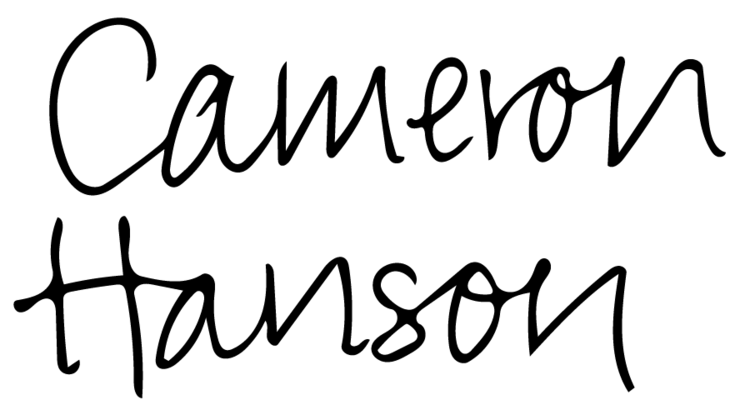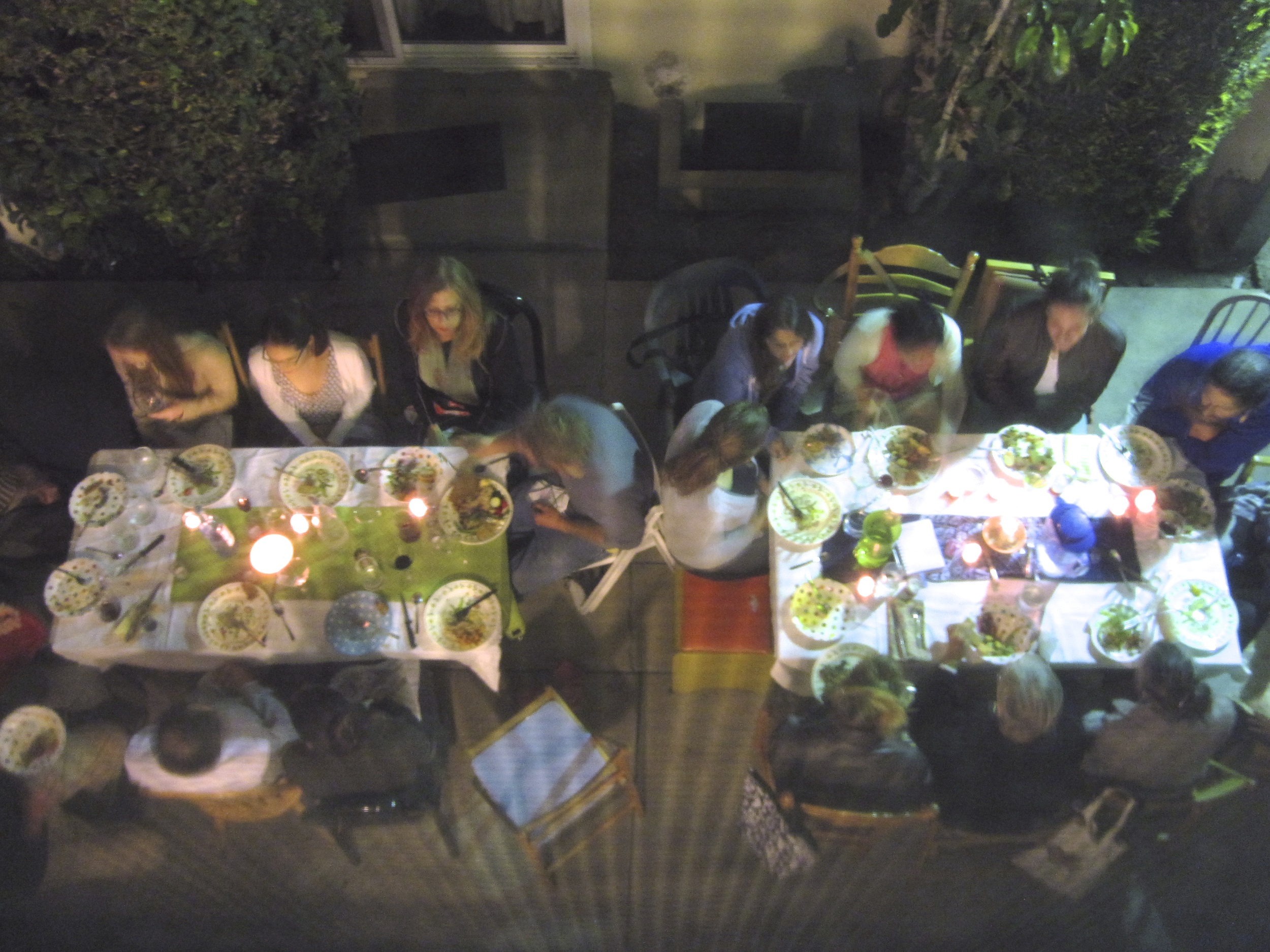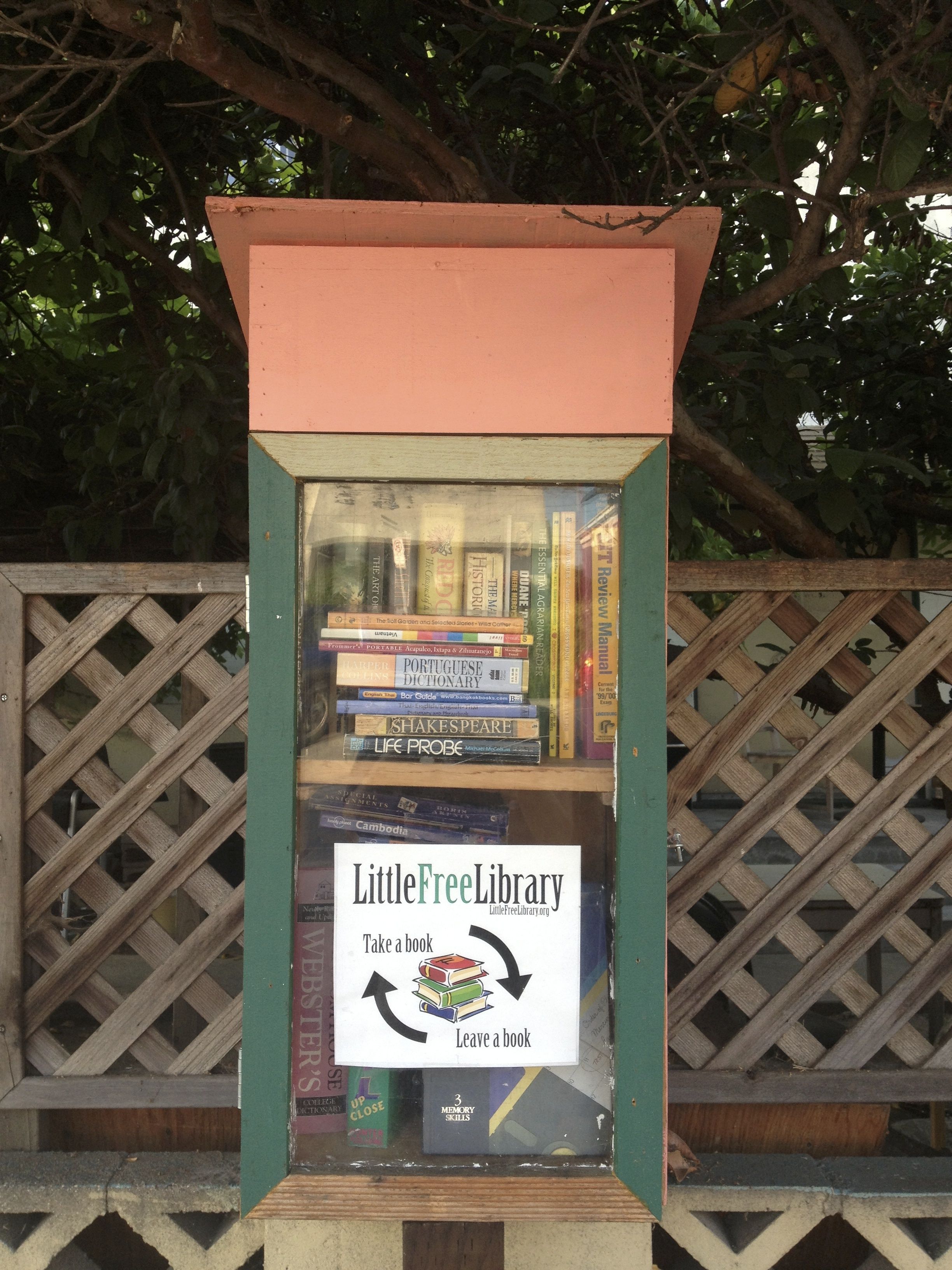Design for sustainability. To design is not to create in a vacuum. It's essential to approach design with a curiosity and responsibility in exploring its ramifications.
GoodFill
Designed in September 2015 at Parsons School of Design with Andrea Burgueño, Christian Smirnow, Christopher Lopez, Jack Wilkinson.
GoodFill is a designed intervention reacting to the abundance of food waste in New York City. The project was grounded in an exploration to Hunts Point in the Bronx, the main food hub for all of NYC, as well as joining a group of freegans in collecting edible food from sidewalk trash bags. As we learned more about how much of the edible food cannot be passed on to consumers because of legal liabilities such as expiration dates and damaged packages, a central question emerged. How might we safely gather discarded-but-still-edible food within New York City? How might we change perceptions of what is good to eat?
The answer: the GoodFill bag. It’s a transparent trash bag with distinctive fluorescent writing on it. Groceries and restaurants can use the bag for food that they can no longer sell, but is still edible. They can label each bag with pertinent information about its contents and then leave it on the curb. As is legal in NYC, passersby can easily see and identify food and gather food without a stigma. Despite the complexity of food systems, this intervention demonstrates the impact of simple design and the power of everyday artifacts.
This project was exhibited at Social Innovation Week at the Openhouse gallery in Soho, during a week in November 2015.
GoodFill also won the New Challenge, a highly competitive social innovation competition from the New School. With the funding that we've been awarded, we will spend the rest of 2016 producing a prototype and testing the bags in New York City.
The Future of Mobility
Designed in Spring 2015 at Parsons School of Design with Janson Cheng and Gui Curi. In partnership with Ford Motor Company.
Ford Motor Company, as part of its Smart Mobility initiative, partnered with Parsons to challenge us to envision speculative interventions to reframe elements of mobility. In addition to the studio project overviewed below, I spent the summer of 2015 building the website that summarized the partnership with Ford. It can can be accessed at www.mobilityspeculations.com.
The bus is a microcosm of societal complexities – thousands of people from all backgrounds rub shoulders and share common space every day. Employing the tools of speculative design to address the future of mobility for Ford Motor Company, my group proposed three new bus services to counteract mounting social pressures of our future. Specifically the pressures to be productive and connected, to maximize the so-called sharing economy, and the rise in sexual harassment in crowded public spaces.
Stillness Bus: This case study is born in direct opposition to the grinding pressure to multi-task. The Stillness Bus could provide a haven for harried commuters. Buses would be fitted with individual sensory deprivation domes (that mimic the shape of a fluffy cloud) that each rider puts over their head. The peace and sense of escape provided by this niche service could increase bus ridership, and by making the commute less stressful, people could move through the city with more calm.
Bubble Bus: The Bubble Bus evokes the idea of a social airbag in a public place. All riders of the bus would be required to wear bubble vests that pop loudly if someone is sexually violated. The goal is to reduce sexual harassment. Unlike the strategy of segregating genders – similar to the subway systems of Tokyo and Cairo that offer separate carriages to divide women from men – this case study puts the onus on all riders to prevent harassment. The building of physical space between people would be an egalitarian way of developing the bus as a safe space. By empowering safety and confidence of people of minority genders to more easily move through public space, overall mobility could increase.
Marketplace Bus: The Marketplace Bus plays off the ever-growing trend of the sharing economy and pushes it to the extreme. The bus has become a marketplace in which everything is for sale or rent. Want a seat? – buy it off the person who got their first. Want to promote your special massage or postcard writing skills? – get bus riders to pay for your services. This case study envisions an in-bus app that could connect sellers and buyers. Speculating for the exacerbated environment of a commoditized future allows us to explore the extent to which people will commoditize for personal benefit.
Transition Mar Vista/Venice
I was an active member, host, and web designer for the Venice Beach chapter of the global Transition Towns network. Born out of collective passion to fight against oil fracking and promote sustainable lifestyles, the Venice group hosts regular potlucks, maintains a public garden, leads many educational workshops, and rallies around community-building. Being a part of this group solidified my interest in pursuing an MFA.
Specific contributions I made to the neighborhood group include:
Constructing and installing a Little Free Library outside my apartment
Hosting monthly potluck dinners
Overhauling the group's electronic communication and training group members who to use the new online program.
Management of the website and Facebook page















